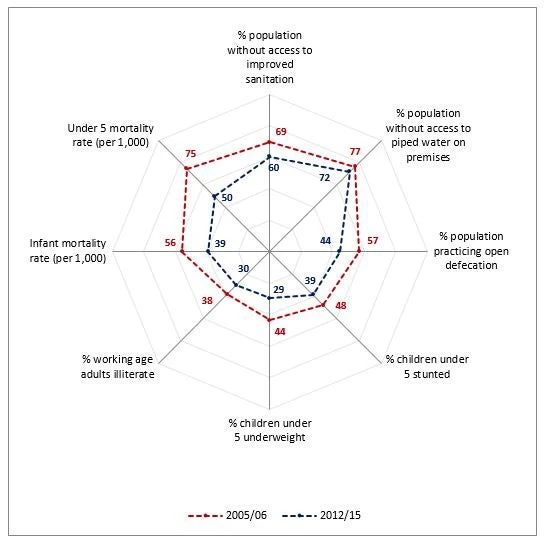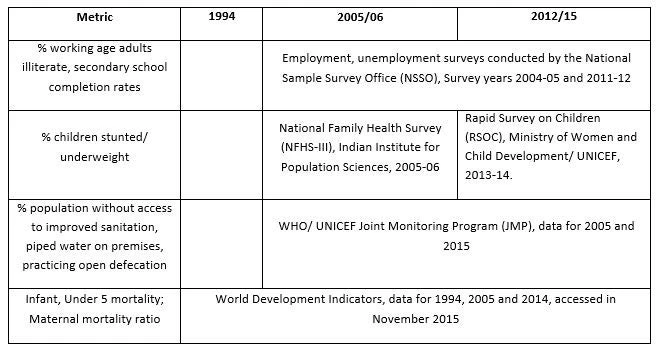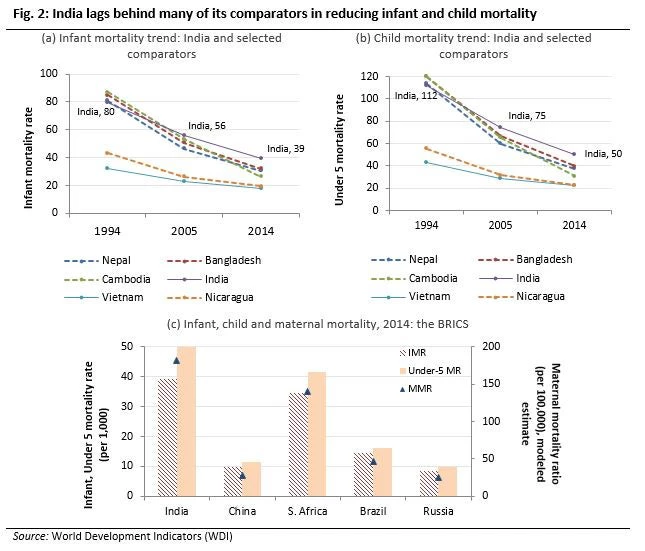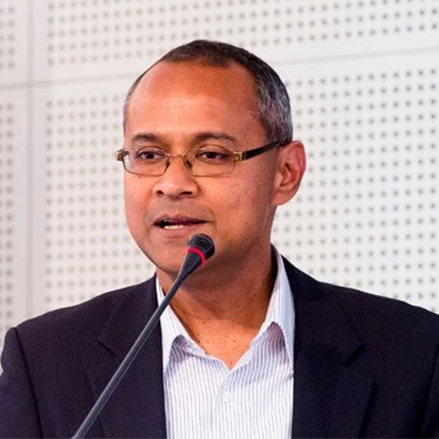
Blog #4: 1 in 3 has piped water, 2 of 5 kids stunted
India is home to the largest number of poor people in the world, as well as the largest number of people who have recently escaped poverty. Over the next few weeks, this blog series will highlight recent research from the World Bank and its partners on what has driven poverty reduction, what still stands in the way of progress, and the road to a more prosperous India.
We hope this will spark a conversation around #WhatWillItTake to #EndPoverty in India. Read all the blogs in this series, we look forward to your comments.
The rapid decline in consumption poverty over the past two decades was accompanied by improvements in other dimensions of welfare. But progress has been mixed and much still remains to be done. India’s performance on key indicators of well-being lags behind countries at similar stages of development. And country-level estimates mask wide disparities between states.
India has made great strides in reducing consumption poverty over the past two decades. Between 1994 and 2012, some 133 million people were lifted out of poverty. While this represents significant improvement in the well-being of India’s people, the country’s progress on other important indicators such as health, nutrition, and sanitation has been less encouraging. This highlights a multidimensional development challenge that will need urgent attention if poverty in all its forms is to be alleviated and the people’s aspirations for a better standard of living are to be fulfilled.
On a positive note, India has made appreciable gains on several fronts. Infant and child mortality rates were more than halved between 1994 and 2014, and the maternal mortality ratio fell by over 60 percent. Students are now staying longer in school, as evidenced by an increase in secondary school completion rates. And children are 34 percent less likely to be underweight in 2014 than they were in 2005.

However, these bright spots coexist with slow progress on other important fronts. For instance, less than a third of India’s households have convenient access to piped water, showing very little improvement since 2005. Only 2 out of 5 households have access to improved sanitation facilities and an overwhelming 44 percent of the population practices open defecation. In fact, India lags behind neighboring countries like Bangladesh, Nepal and Pakistan in improving access to sanitation and eradicating open defecation. The Swachh Bharat Mission is thus a timely initiative to improve an aspect of well-being in which India has not only fallen behind its neighbors, but has also not kept pace with its own record of progress in other dimensions.
Importantly, child under-nutrition remains high and endemic. Roughly 2 in 5 children under the age of 5 are ‘stunted’ - that is they are shorter than the desired height for their age. While child under-nutrition in India is similar to comparable countries in South Asia, nationwide estimates hide wide disparities between states. In Bihar, Jharkhand, and Uttar Pradesh for instance, roughly half of all children under 5 are stunted. Even relatively prosperous states like Andhra Pradesh, Gujarat, Haryana, and Maharashtra fare poorly in this regard.
Notably, malnutrition and poor standards of living are not just confined the poor. Apart from the incidence of stunting, the share of the population that lacks access to piped water and improved sanitation is higher than the poverty rate, indicating the wider extent of the challenge.
India’s progress on these non-monetary dimensions of well-being is also disappointing when compared to countries at similar stages of development. For example, India’s infant and child mortality rates are higher than countries at comparable, or even lower, levels of per capita income. In fact, not only do Cambodia, Nicaragua and Vietnam perform better on infant and child mortality than India, but neighboring Bangladesh and Nepal do so too. This is the case despite starting out at roughly similar levels as Cambodia, Bangladesh and Nepal on both metrics two decades ago. And when we compare India’s infant, child, and maternal mortality rates to the other BRICS nations, we find that the country has a lot of catching up to do.
In sum, India’s progress on reducing consumption poverty is certainly cause for celebration. However, the persistence of a range of other deprivations presents important development challenges. Apart from their intrinsic value as markers of welfare and equity, progress on stunting, nutrition, sanitation, and other key aspects of well-being will enable households to chart a path out of poverty. Better health, sanitation and education will not only help raise the productivity of millions, they will also empower the people to meet their aspirations, and provide the country with new drivers of economic growth.

Reference: Ambar Narayan and Rinku Murgai: “Looking Back on Two Decades of Poverty and Well-Being in India”, WPS 7626.
This blog was originally published in the Indian Express on 27th May, 2016.




Join the Conversation